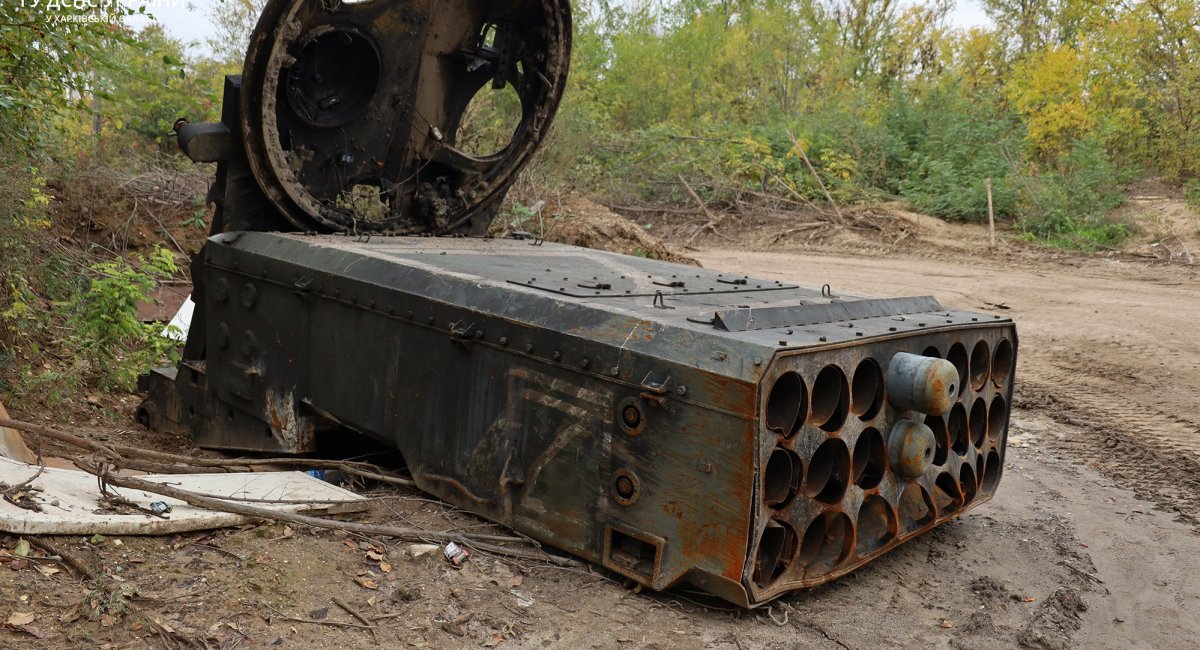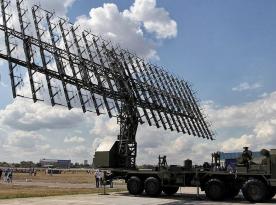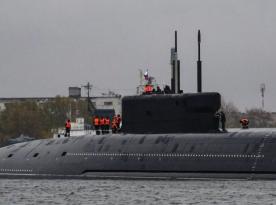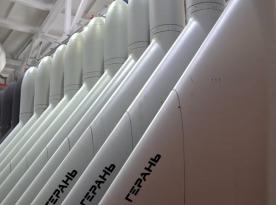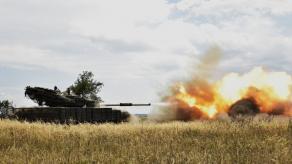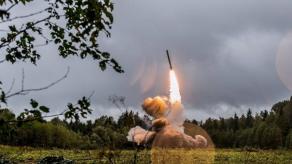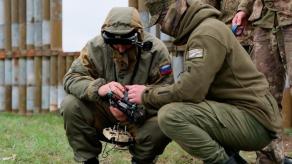Thermobaric rocket launchers, also known as "heavy flamethrower systems" are the priority targets for Ukrainian FPV drones. A recent video from the 72nd Mechanized Brigade showcases how a cheap tactical-level tool effectively neutralized a TOS-1A Solntsepyok of the russian invasion forces.
Although the video dates back to October, with a remarkable four russian TOS-1As being destroyed over that month, it illustrates the breakdown of the russian concept for using these systems.
Read more: Training on TOS-1 and TOS-2 Rocket Systems in russia: How Long it Takes and How Many Missiles They're Allowed to Spend Practicing
Of course, this episode would not be possible without extremely high coordination and interaction among Ukrainian units. The enemy Solntsepyok was detected in advance, and multiple drones were deployed to track it down.
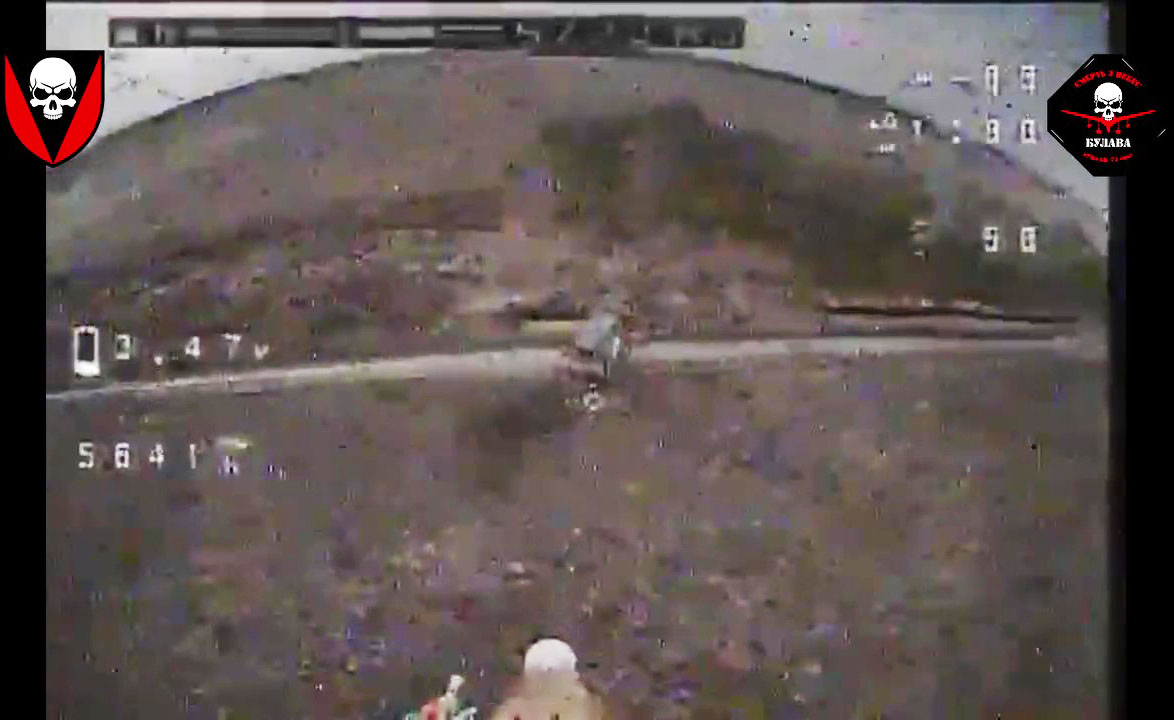
The FPV drone operator displayed skill by precisely targeting the rocket rack, leading to the detonation of all rockets and the complete destruction of Solntsepyok and its crew.

That said, we must also point out the significant flaw of the TOS-1/TOS-1A systems, which is no less important and which has caused many of these thermobaric rocket launchers lost to cheap explosive drones.
The flaw is that the aiming system of the TOS-1 family derived from main battle tanks without alterations.
When the concept was originally developed in the USSR, it wasn't considered a problem.
To ensure an accurate hit, the vehicle needs to have a direct line of sight towards the target, use a laser rangefinder to measure the distance, and send this data to the ballistic computer, which determines the elevation angle for the launcher loaded with rockets.
That is also why TOS-1 and TOS-1A were designed to be mounted on a tank chassis.
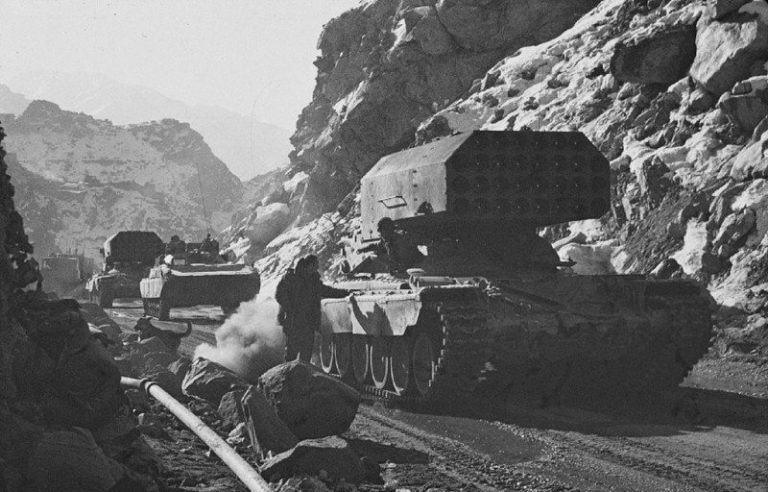
In 2022-2023, having lost their first flamethrowers in Ukraine, russians tried to change the tactic and use them from closed positions with indirect fire. This would protect the vehicle from being hit by an ATGM.
However, the large-scale introduction of FPV drones with non-line-of-sight (NLOS) capability countered this tactic. The operator can pilot his drone from a safe location, delivering hits on targets miles away.
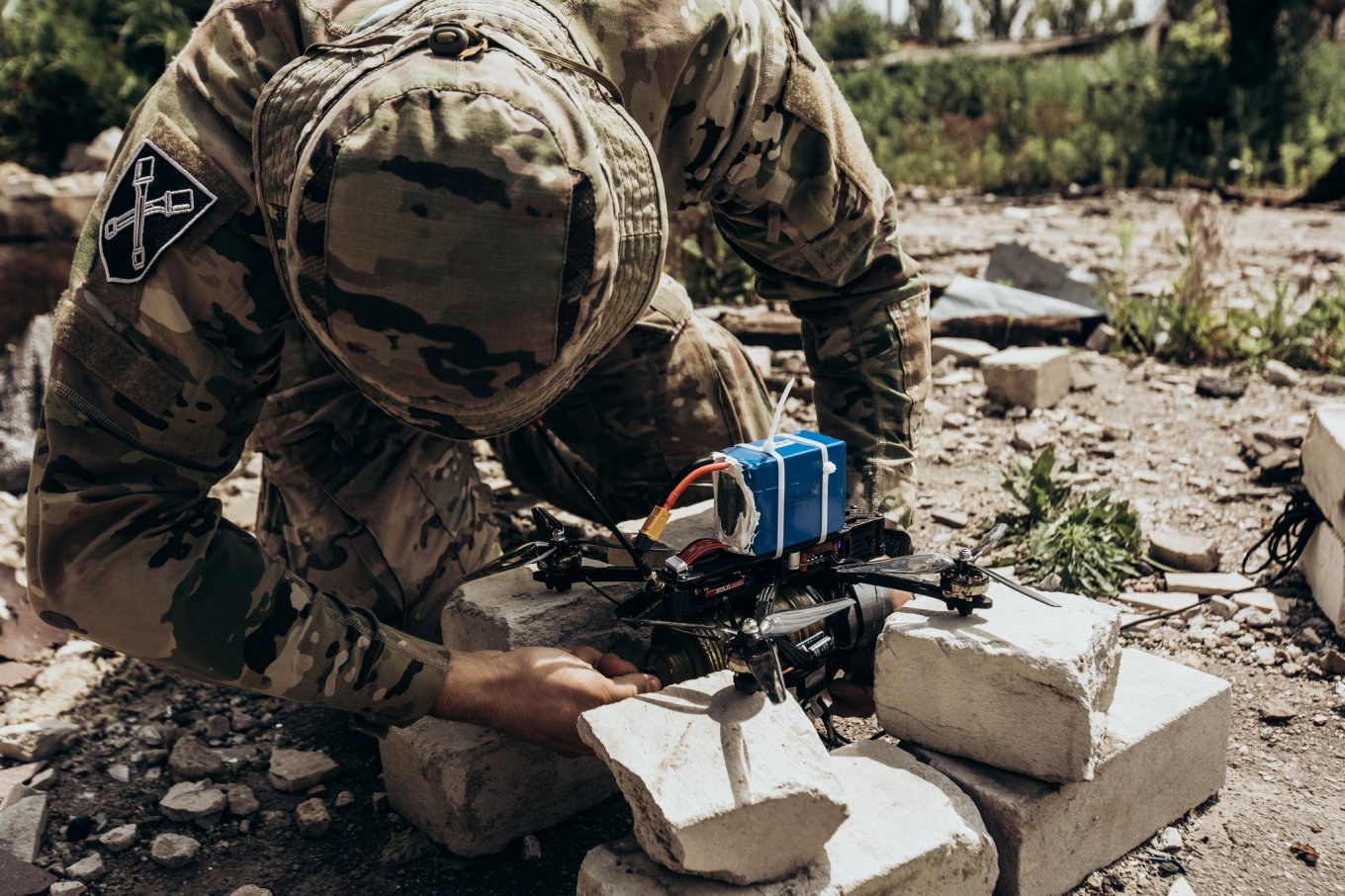
Some FPV drones can strike targets as far as 10 km from the operator exceeding the attack range of TOS-1A Solntsepyok — even those equipped with new improved rockets increasing the range from 6 to 10 km.
At the same time, the russians are well aware of the vulnerability of their TOS-1 systems and that is why they sped up the development and launch into serial production of a wheeled version of the system called TOS-2 Tosochka, which uses new TBS-M3 rockets with a range of 15 km.

Still, the TOS-2 system uses a similar laser rangefinder, so the effectiveness of indirect fire leaves room for doubt. And even the increase in range up to 15 km from the front line still places it within the operational range of artillery counter-battery warfare.
Nonetheless, the destructive impact of thermobaric rockets launched by russian flamethrowers remains a significant danger, prompting Ukrainians to capitalize on this weakness and neutralize the systems before they can even reach their target position. This makes the TOS-1/1A/2 the No.1 targets for elimination.
Read more: First Video of russian Tosochka Flamethrower System Appears a Year After Alleged Arrival on Frontline




